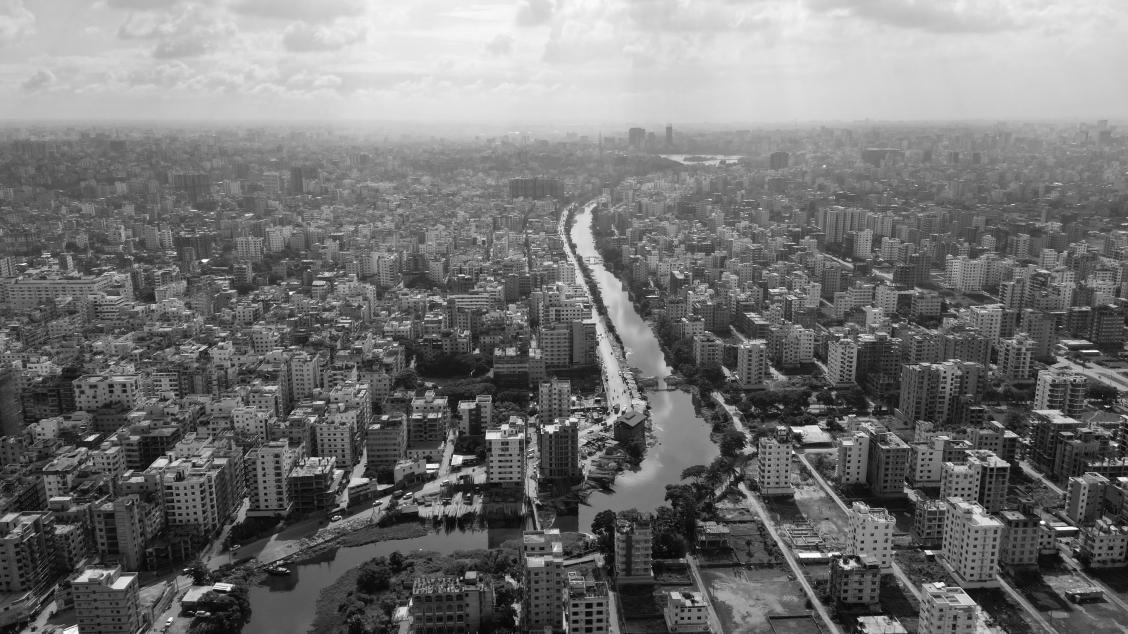These debates reflect a fundamental tension: high-skilled migration can both enrich and disrupt economies. For origin countries, the loss of talent raises fears of “brain drain,” yet emigrants can also serve as conduits for knowledge transfer back home. For destination countries, migrants boost innovation and expand the talent pool, but may also compete with and […]
Foreign Direct Investment and Capital Misallocation
Why do some countries remain significantly poorer than others? Research shows that a key factor is how efficiently they use their resources, including capital—the physical assets, such as plants and machinery, used in production. Misallocation occurs when investments don’t flow to the businesses that could use them most productively. Reallocating capital to more productive uses […]
How to get Better Innovation by Opening up R&D Procurement: Evidence from the US Air Force
Military necessity has been the mother of innovation since antiquity. During the Roman attack on Syracuse in 214 BC, Archimedes invented the “Iron Hand”, a crane to drag enemy ships out of the sea. More recently, U.S. Department of Defense (DoD) investments have been responsible for nuclear power, microwave heating, GPS and the Internet. However, […]
Pay cuts versus layoffs: what do workers think?
To elicit the views of workers, we carried out an innovative survey of new unemployment insurance (UI) recipients. Most UI recipients express a willingness to accept wage cuts of 5-10 percent to stay on their job for another 12 months. Remarkably, one third would accept a 25 percent cut in pay. Yet we also find […]
Wealth Taxation and Household Saving: Evidence from Norway
The desirability of wealth taxation depends on the extent to which it distorts savings decisions. However, economic theory does not provide firm guidance on the magnitude or even the sign of this effect. In fact, it is theoretically ambiguous whether wealth taxation causes households to save more or less. This ambiguity is due to two […]
Bidding for Firms: Subsidy Competition in the United States
State and local governments regularly offer large discretionary subsidies to attract firms, and the accompanying jobs, to their jurisdictions. In fact, this deployment of subsidies is estimated to be one of the largest economic development tools used in the United States (Bartik 2017). The incentives can be staggering—for example, in 2006 Honda received a package […]
Welfare Effects of Subsidizing Seasonal Migration
By the year 2050, around 2.5 billion more people will be living in urban areas than there are now (United Nations, 2018). Around 90% of these new city dwellers will be in Africa and South Asia, expanding already populous cities like Dar es Salaam and Dhaka. Policymakers in developing nations therefore often discuss whether to […]
A better way to pay for college?
Economists have long advocated for alternative financial contracts to mitigate the risks of investing in education (Barr et al. 2017; Chapman 2006; Palacios 2004; Zingales 2012). Most famously, Friedman (1955) writes: “[Human capital] investment necessarily involves much risk. The device adopted to meet the corresponding problem for other risky investments is equity investment… The counterpart […]
Taxing wealth: Some lessons from Colombia
Yet because few countries levy wealth taxes, relatively little is known about the actual responses of wealthy individuals when governments tax their assets – especially in countries outside Europe. The research summarized here provides new evidence for Colombia, a middle-income country with one of the most ambitious and long-standing wealth tax regimes in the world. […]
The race between automation and new work
Casual observation and historical evidence suggest this picture is incomplete: as employment in previously labor-intensive sectors such as agriculture, textiles, mining, and manufacturing has eroded, new varieties of labor-demanding activities have emerged, including in medicine, software, electronics, healthcare, finance, entertainment, recreation, and personal care. These new forms of work require specialized human expertise, making them […]















